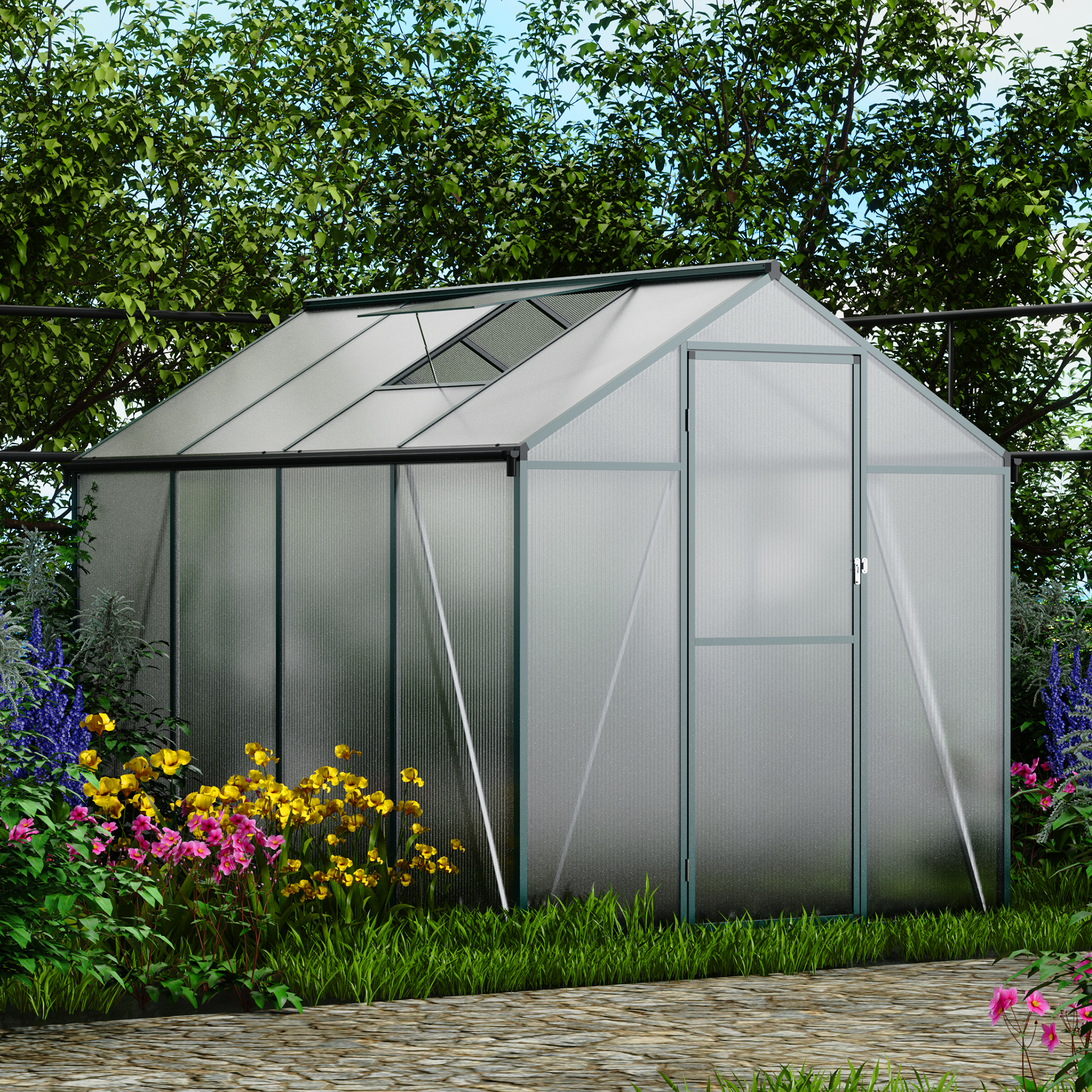How Does a Greenhouse Work? A Comprehensive Insight into Nature's Solar-Powered Sanctuaries

When it comes to gardening, the term "greenhouse" often conjures up an image of a tranquil, sunlit haven where plants thrive year-round. But a greenhouse is more than just a picturesque scene—it's a scientifically-driven environment where temperature, humidity, and light are meticulously managed to create optimal growing conditions. Understanding how greenhouses work is essential for anyone looking to delve into the world of sustainable agriculture, urban farming, or simply aiming to prolong the gardening season.

The Greenhouse Effect: Harnessing the Power of the Sun
At the core of a greenhouse is the principle of solar energy utilization. The transparent or semi-transparent structure, typically made from glass or plastic greenhouse panels, allows sunlight to penetrate, warming the soil and the air inside. However, unlike an open field, the enclosed design traps heat, creating a "greenhouse effect" much like the one that keeps our Earth warm.
This means during the day, solar radiation heats the plants, soil, and other structures within the greenhouse, which then release this heat as infrared radiation. Some of this escapes, but the majority is reflected back, keeping the greenhouse warm even when outside temperatures drop. This raises an important point about thermal mass—a key element for energy conservation in greenhouse design. Incorporating materials with high thermal mass, like water barrels or concrete floors, can help stabilize temperatures, absorbing heat during the day and releasing it at night.

Climate Control: Beyond Just Warmth
Climate control is the pivotal aspect of a greenhouse. High-tech greenhouses implement advanced environmental control systems that automatically adjust temperature, humidity, and even carbon dioxide levels. This is especially critical for industrial greenhouse operations like those used in commercial plant nurseries or vegetable production, where precision can impact yield and quality.
In hobby greenhouses or small-scale greenhouses, manual methods, such as opening vents or using shades, can help avoid overheating and maintain ambient temperature. Greenhouse kits often come with built-in ventilation, while larger structures might incorporate greenhouse heaters for frosty nights, or greenhouse misting systems to keep humidity in check.
Advanced Techniques: Hydroponics and Aquaponics
The convergence of greenhouse technology with advanced cultivation techniques like hydroponics (soilless plant cultivation in nutrient solutions) and aquaponics (combining fish farming with hydroponics) has revolutionized the concept of greenhouses. These systems are incredibly water-efficient, grow plants faster, and can yield larger crops, catering to the demand for local, organic produce.
Key Materials: A Look at Greenhouse Construction
The choice of materials can make a significant difference in greenhouse performance. For example, polycarbonate greenhouses offer better insulation than traditional glass greenhouses, making them a popular choice for energy-conscious growers. On the flip side, commercial glass greenhouses transmit more light and might be preferable for certain crops.

The Role of Greenhouse Accessories
From greenhouse shelving systems to increase space to LED grow lights that supplement natural sunlight, a plethora of greenhouse accessories can aid in customization. Smart greenhouse controllers are also rising in popularity, enabling remote monitoring and adjustment of greenhouse conditions—an invaluable tool for the modern grower.
Environmental Impact and Sustainable Practices
Greenhouses, particularly energy-efficient greenhouses, can have a positive environmental impact. They use less water than traditional agriculture, can reduce the need for pesticides by providing a controlled environment, and can be equipped with renewable energy sources like solar panels. These sustainable practices are particularly relevant in the context of greenhouse farming, community-supported agriculture, and the organic food movement.
Educational and Research Greenhouses: A Pillar of Agricultural Education
Universities and research institutions often maintain educational greenhouses for studies on plant physiology, hybrid cultivation, and innovative agricultural techniques. These facilities become hubs of research on everything from plant genetics to the development of sustainable farming practices.
Conclusion: The Heart of Controlled Environment Agriculture
In summary, how a greenhouse works is a tale of harnessing natural principles—solar energy, water conservation, and the greenhouse effect—to extend growing seasons, produce food efficiently, and reduce environmental footprints. Whether it's a backyard greenhouse contributing to self-sufficiency or a sprawling commercial complex fueling the farm-to-table movement, greenhouses are at the heart of controlled environment agriculture, shaping the future of how we grow and consume food.

As cities expand and our climate changes, the role of greenhouses will undoubtedly become more important. From rooftop greenhouse gardens in urban centers to large-scale greenhouse production providing food security, these solar-powered sanctuaries are a testament to human ingenuity and nature's resilience.
Understanding the multifaceted nature of greenhouses—from technology to materials, environmental benefits to educational roles—provides an essential roadmap for anyone interested in the intersection of horticulture, innovation, and sustainability. With continuous advancements in greenhouse systems, soil science, and cultivation techniques, the age-old practice of sheltering plants has evolved into a sophisticated and eco-friendly engine for year-round growth.
